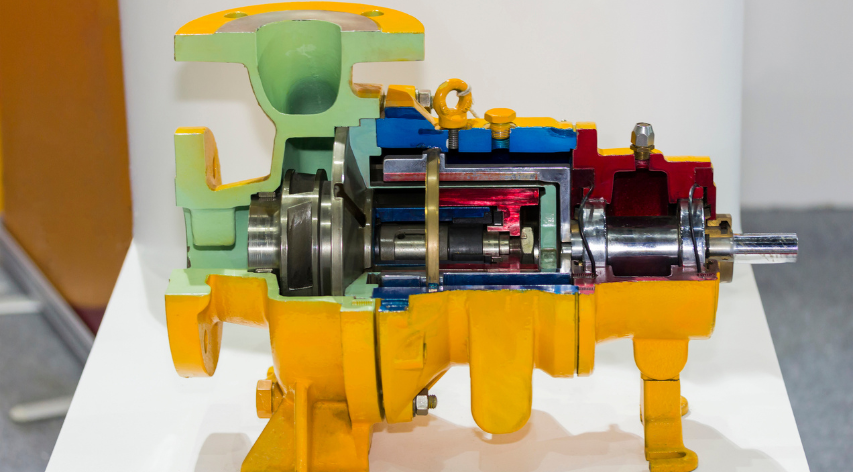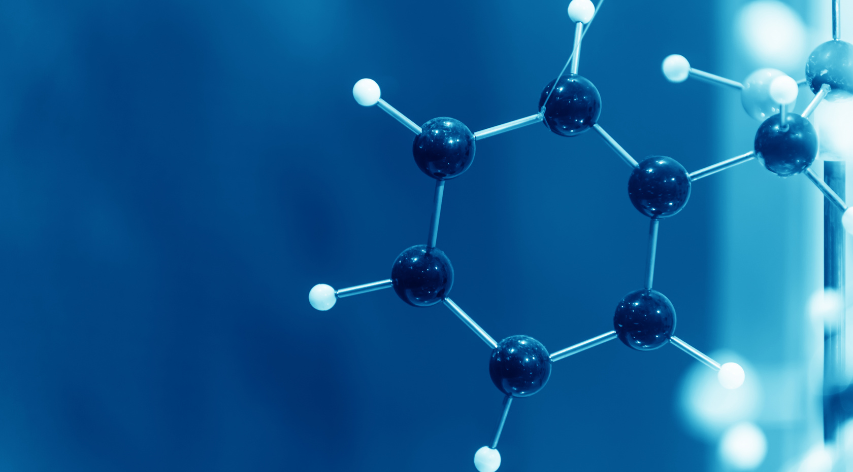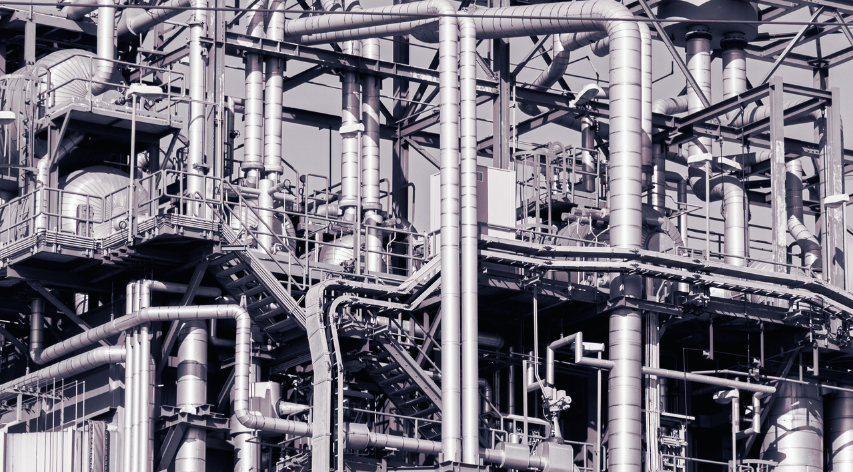NonMetallic Composite Wrap Pipe Repair
Nonmetallic composite wrap repairs are wraps comprising two constituents:
- A fabric woven from a fiber such as graphite or glass
- A thermoset polymer such as a two-component mix epoxy resin.
This material is also referred to as fiber-reinforced polymer (FRP). These repairs can be liners wrapped inside, or jackets wrapped over a corroded pipe.
There are three main considerations in a nonmetallic composite wrap repair project:
- Selecting and designing the wrap system
- Installing the wrap correctly
- Periodically inspecting the adequacy of the repair
In this article we will address these three main considerations for the repair of a corroded metallic host pipe, but similar considerations apply for the repair of a tank.
1 – Selection and Design of the Wrap System
Design Code: These types or repair materials are not addressed in ASME III. Some guidance is provided in ASME B31.1 non-mandatory Appendix III “Rules for Nonmetallic Piping and Piping Lined with Nonmetals”. A useful reference, as a starting point for a project specification would be ASME PCC-2 “Repair of Pressure Equipment and Piping”, Article 4.1 “Nonmetallic Composite Repair Systems: High-Risk Applications”.
Layout: The project should start with an isometric drawing of the pipe layout, showing elevations, slopes, and adjacent commodities. The original design information should be retrieved, including the pipe sizes, materials, and types of joints.
Terminations and connections: The design of the wrap should address the method for sealing terminations, the technique to handle the opening at branch connections, the transition between different pipe sizes, and working around valves and other in-line components.
Water chemistry: The project should provide the wrap manufacturer the range of chemistries of the fluid in the lines to be repaired. If the ground is or can be contaminated with products that can harm the polymer or the fibers, such as fuel spills, the manufacturer should be informed.
Maintenance history: The project should assemble records of maintenance history, including prior inspections, leaks, repairs, etc.
Hydraulic considerations: This is often not an issue since the pipes that are lined (ID repaired) have a large diameter, in which case the reduction in ID (approximately 50 to 100 mills per layer of wrap) is more than compensated by the reduction in friction coefficient of the smooth final epoxy coat, compared to the friction in the corroded host pipe.
Galvanic compatibility: Graphite could cause the carbon steel to corrode, that is why a first layer of glass fiber wrap is installed before the graphite wrap.
EPA and OSHA compliance: The handling and application of the resins, sandblasting, as well as the entry into the pipe (a confined space) must meet EPA and OSHA rules, and company regulations.
Strength decision: Is the wrap (a) a corrosion barrier only, or (b) a pressure boundary meant to bridge a local corroded area, or (c) is it to have full strength and resist all loads without contribution of the host component? This will affect the type of wrap, the number of layers, and the orientation of the fibers.
Verification of thickness: The installer will have to measure and confirm the final thickness of the repair by statistical sampling. There are hand-held NDE techniques to measure the thickness of the wraps.
Design loads: If the repair is a partial or full strength repair, the design loads should be specified: internal fluid pressure and external hydrostatic pressure, soil and surface loads, ground settlement, thermal expansion and contraction, pressure transients (waterhammer), and the postulated accident loads such as hydrostatic pressure from a design-basis flood, seismic wave passage and permanent seismic ground settlement (liquefaction, soil instability, etc.).
Physical and strength properties: The physical and strength properties needed for the design must be certified for the particular lot of material used in the repair. Each property is tested in accordance with an ASTM D specifications: Short-term and long-term ultimate strength, modulus of elasticity in tension and in bending, Poisson ratio, shear modulus, durometer (barcol or shore) hardness, coefficient of thermal expansion, lap shear adhesion strength, cyclic loading test, glass transition temperature, strength under external pressure (from groundwater), for stand-alone wrap repairs (i.e. repairs that will not credit the strength of the host pipe) the wrap will have to be tested by itself under parallel plate loading (to reflect soil and surface loads), and also tested in bending (to reflect seismic wave passage or ground settlement).
Design of Repair: With the layout, material and component specifications, design loads, physical and strength properties in hand, the design engineer performs the design of the repair, using PCC-2 Article 4.1 as a guide. Note that this Article will require a proof test for pressure strength.
Performance properties: The performance properties are needed to verify that the repair will perform as intended during its design life. The performance properties are tested in accordance with ASTM D specifications. Cathodic disbondement if the host pipe is cathodically protected, water and temperature resistance, adhesion (puck pull-off) strength, water absorption, freeze resistance, UV resistance if the repair will be exposed to sunlight, salt water compatibility if the repair will be exposed to sea water, resistance to alkali (high pH) if the repair will be in contact with concrete, resistance to cavitation and erosion.
Radiation resistance: This aspect of material performance is unique to the nuclear industry, and the manufacturer may not have sufficient information on the short-term or long-term effects of radiation on the material. This consideration applies to lines that may have a certain level of radioactivity which, even if low may alter the wrap system properties over time. As a minimum, the inservice inspection of the repair should provide information on this matter.
Experience: One of the most important considerations is a subjective one, it is the experience in all industries in the use of a particular repair material and technique, in similar applications. It is important for the manufacturer to provide such information, good or bad, and in the latter case the lessons learned to prevent recurrence. Because the plant’s objective is to have a long-term repair (with some plants specifying decades of expected service), inservice inspection becomes critical.
2 – Installation
An installation procedure is to be developed by the manufacturer, with site-specific input from the plant staff. The general installation steps are:
- The surface of the component to be repaired is cleaned, high pressure washed, and then abrasive-blasted to a NACE SP surface finish and roughness that is specific to each wrap.
- Pinhole leaks are repaired.
- The prepared surface is visually examined, directly or by borescope for cleanliness, surface finish, dryness.
- Pre-installation QC tests include pull-off (adhesion) test of QC panels.
- Before the wrap is installed, the host pipe is verified to be dry, several oF above the dew point.
- In the lay-up phase, the resins are mixed on-site, and the graphite or glass fiber fabric is saturated with the resin, for example by passing the fabric through the resin or by using a roller. The resulting ply of saturated graphite fiber is wrapped around or inside the component be repaired.
- The resin is left to cure and harden for a minimum cure time that is established by ASTM testing and depends on the environment (temperature, humidity). Curing can last half a day to several days depending on the environment.
- Periodic quality control tests during installation include pull-off tests and tension tests on QC panels, and weight tests of the wrap to verify impregnation.
- The repaired component is visually inspected directly or by borescope, prior to and after the application of the final epoxy coat. Acceptance criteria address defects such as folds, bubbles of entrapped air, protrusions, discoloration, inadequate overlap, and quality of the termination points.
- The repair is leak checked or, preferably, hydrostatically pressure tested, using the pressure hold method.
3 – Inservice Inspection
In practice, many of the repairs specify a design life of 20 years or more. This will necessitate periodic inspections to verify that the wrap did not deteriorate in service. Therefore, the repair should be periodically visually inspected under the Section XI inservice inspection program. Acceptance criteria should be established with input from the manufacturer, upfront, as part of the scope of the initial wrap procurement project.







